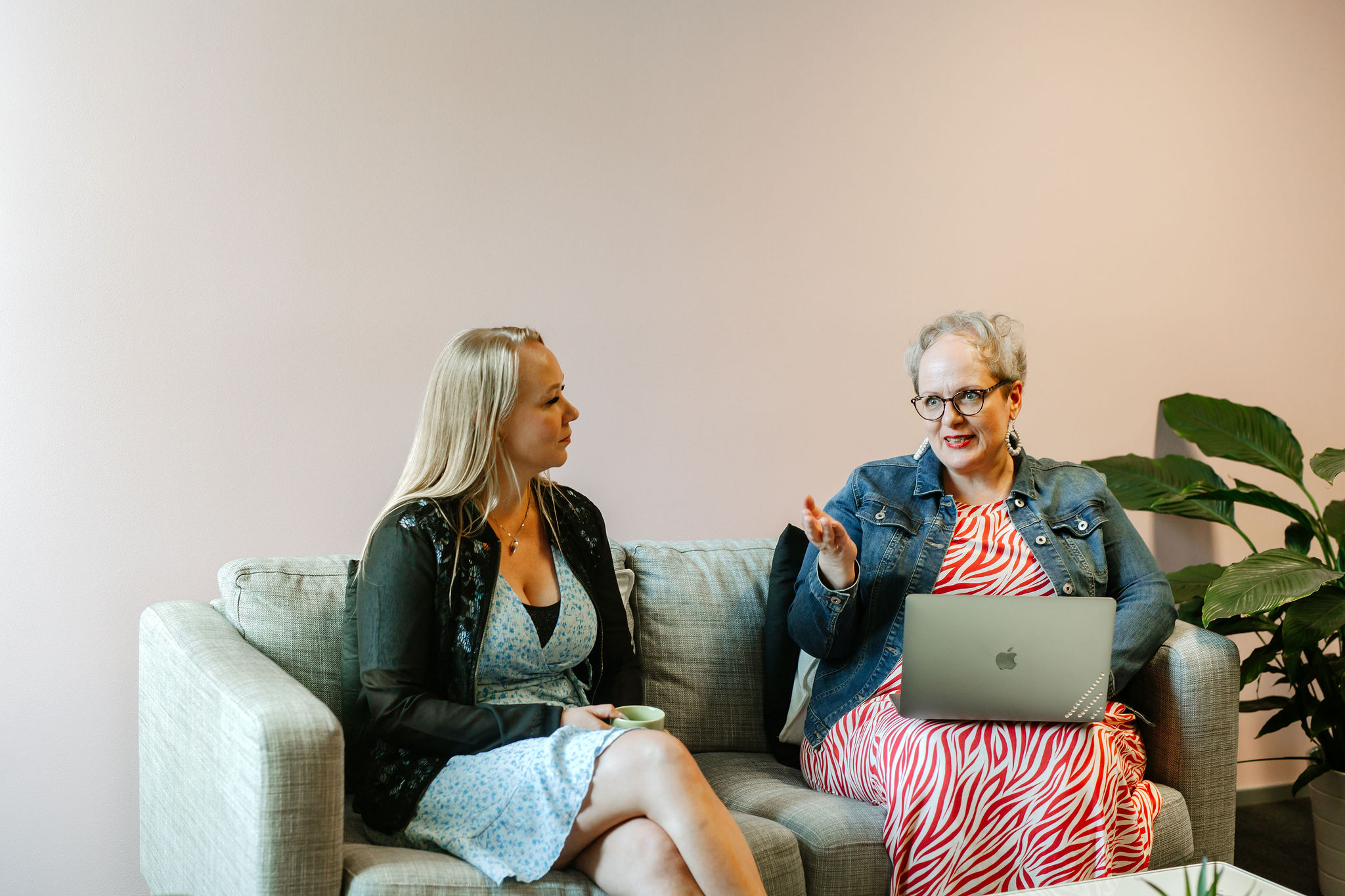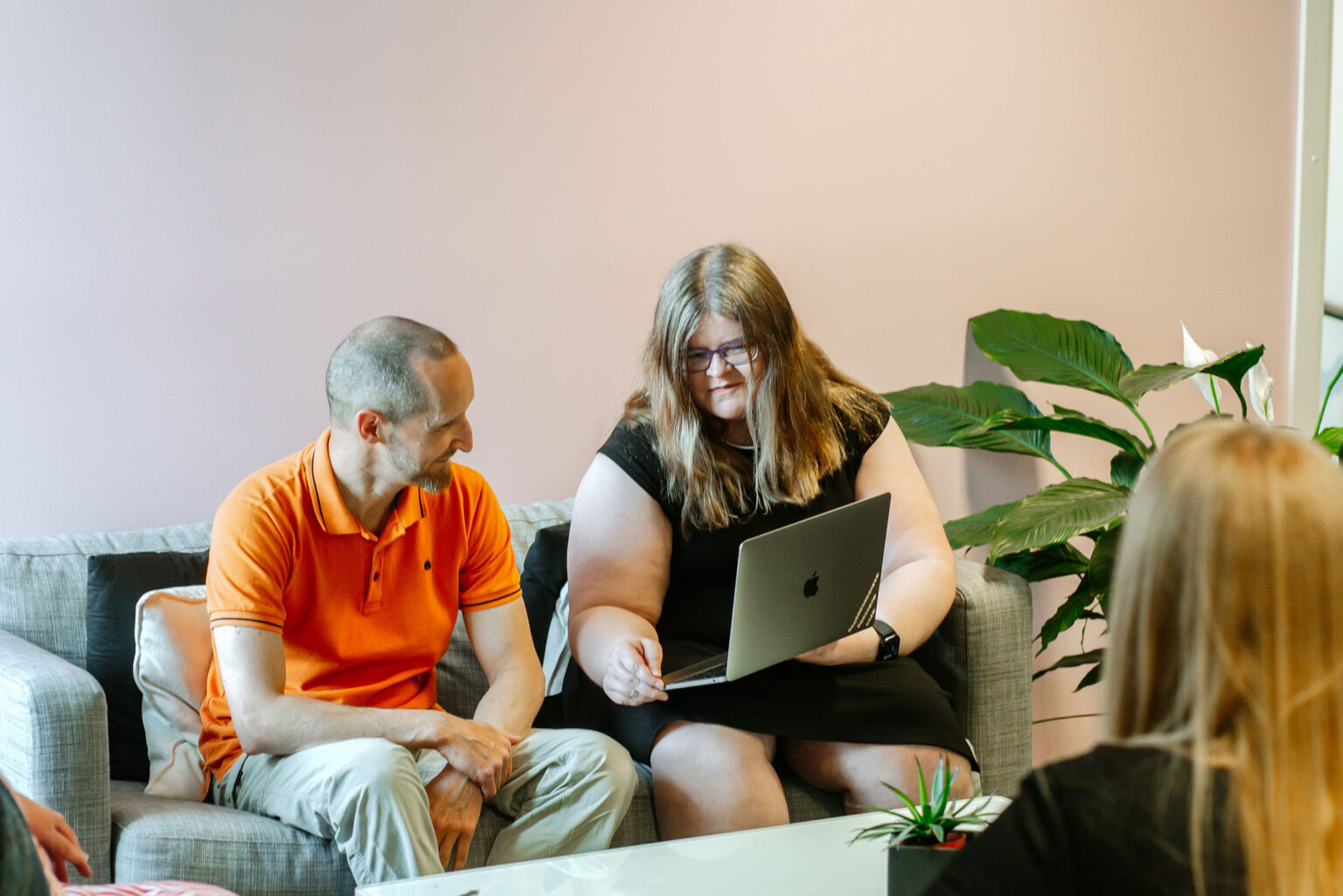Helsinki City Museum
Helsinki city museum: Digitalization revolutionized the archive
The Helsinki City Museum is a museum owned by the City of Helsinki. It focuses on documenting and presenting the history of Helsinki. The museum was founded in 1911. It is dedicated to the preservation and cherishing of the spiritual and material heritage of the Helsinki area. As well as its cultural environment.
Gredi Content HUB
A reliable and secure method to transfer images from the museum to the search service
Effortless transfer of digitalized images through a customized API solution
The National Digital Library (KDK) is a project initiated by the Ministry of Education and Culture. The aim is to collect information resources for museums, archives and libraries in Finland. In addition the aim is to provide free access to them both in Finland and in Europe. The aim of digitization is not only to make cultural heritage more accessible, but also to ensure its preservation.
The public can browse and view materials collected at the National Digital Library. The material includes objects, pictures, artwork, books, maps and documents, via the Finna search service. The Helsinki City Museum collection is available at hkm.finna.fi.
Photos for all people to see
Since 2008, the City Museum has used Exove’s Mediaksi digital asset management service to digitally manage its image archive. The museum opened its collection in 2013 in the new Finna.fi search service. A reliable and secure way of transferring images from the museum to the search service was needed. The solution was designed in collaboration with Exove.
Now digitalized images can be transferred directly to the Finna.fi search service via the API solution provided by Exove. Images and metadata are routed from the Mediaksi system to a server located in the DataCenter Oy, and the images and metadata are retrieved by Finna system. “The entire API implementation has been designed very flexibly,” says Aki Pohjankyrö, researcher at the photo archive.
The Helsinki City Museum has a total of one million images in its archive, some 60,000 of which have been digitalized. Approximately five thousand new images can be digitalized each year, and 30,000 images are to be transferred to Finna during the first year. “First, we have digitalized the oldest material that can be at risk of perishing. The most important priority are the images ordered by our customers. And also the materials that have been highlighted in the museum’s digitization program, ”says Pohjankyrö. Earlier, digitalized images were only in the museum’s own Mediaksi system. The customers have been able to view them in the museum’s photo archive. Finna opens the photos for everyone to see.
Customized solutions for Helsinki City Museum
When Exove and Helsinki City Museum started to develop a new API solution, some customizations that the museum wanted were implemented. Now, when archiving images, researchers can choose whether to export the image or just the metadata to Finna. In addition, the metadata exported can be selected one by one, so for example, potentially secret names and addresses can be left out of the public web. “In some implementations, there is no such possibility,” Pohjankyrö says, “but if one wanted to leave some information out, then the same information should be left out of all the images.”
One specific addition to the museum system is the ability to customize configuration related to the image metadata from the front server to Finna. “Exove has responded well to our feedback and the implementation has been painless,” says Pohjankyrö.
As a result of the API implementation, the City Museum’s front server has been transferred to the data center of DataCenter Oy, part of the same Sontek Group with Exove. Because Finna retrieves service images directly from the front server, the server must be open to the public network. The City Museum’s own server contains the entire archive’s collection data and system tools, so using it as an interface server would have been too high a security risk. “If you have the resources, then it makes more sense to create a separate server for Finna and open it on a public net,” says Pohjankyrö.
Digitalization revolutionized the archive
The City Museum of Helsinki has been a customer of Exove since 1995, when the Maria image bank was installed. “It was the first system in which the images were displayed,” Pohjankyrö explains. Previously, a photo archive was analog and based on proof prints and card archiving. “The digital asset management will change the nature of this work completely, and we can no longer imagine other than focus on digitalization,” says Pohjankyrö. “It has made our work easier – search for and browse images, and provide them to the public.” A new challenge is the preservation of digital material, for which well-established international standards have already been developed.
Pohjankyrö believes that opening up images to the public web through the Finna service clearly enhances the attractiveness and influence of the museum. The archive on Sofiankatu has been open to the public with limited resources only two days a week during office hours, which, according to Pohjankyrö, has excluded many visitors. “It’s a pretty big threshold if you need to take a day off from work to visit the archive,” he says. Now the images are always online for everyone to see.
The Helsinki City Museum is the only museum in Finna to offer low resolution versions of its images for free use. “We are a public archive and we do not have entrance fees anyway,” Pohjankyrö explains. “This is also in line with the city’s open information strategy.” The archive has larger versions and prints of the images for sale separately. “Hopefully this will increase the number of regular visits. The number of contacts and customer feedback has already increased.”



